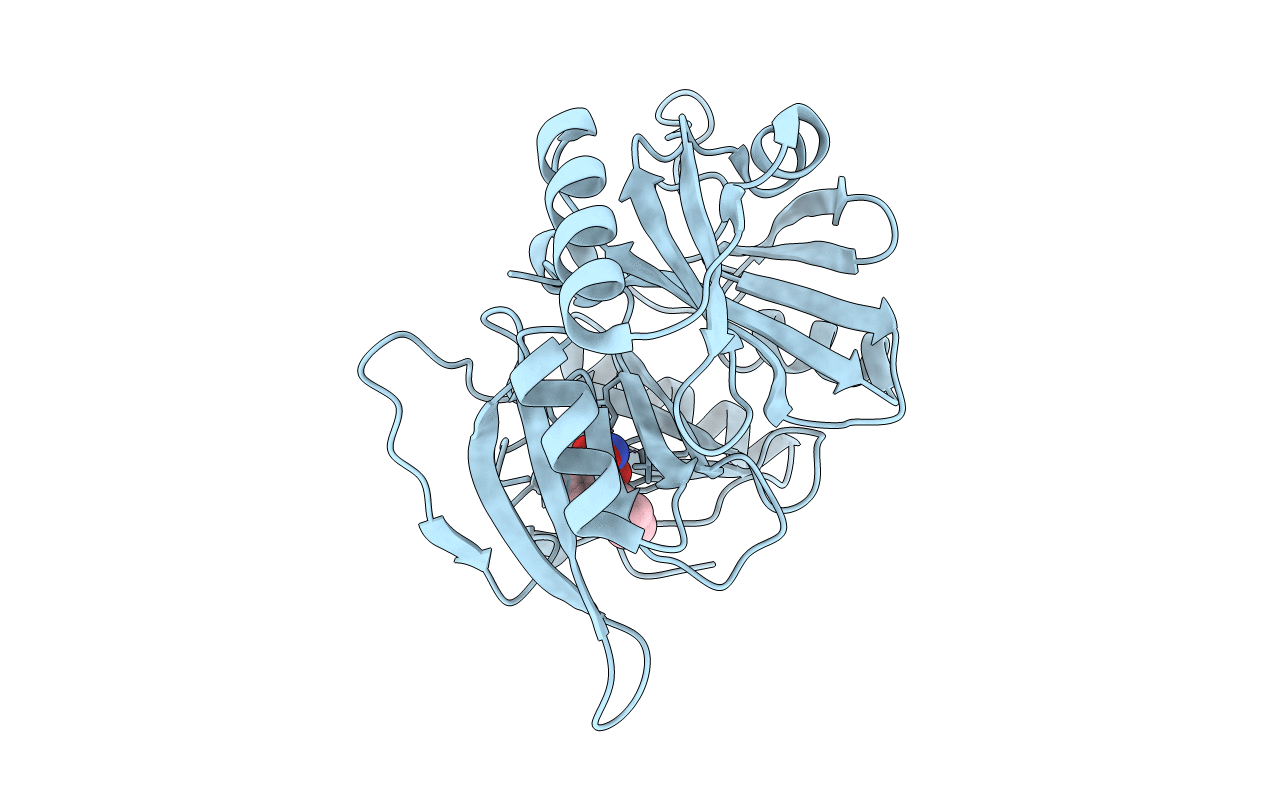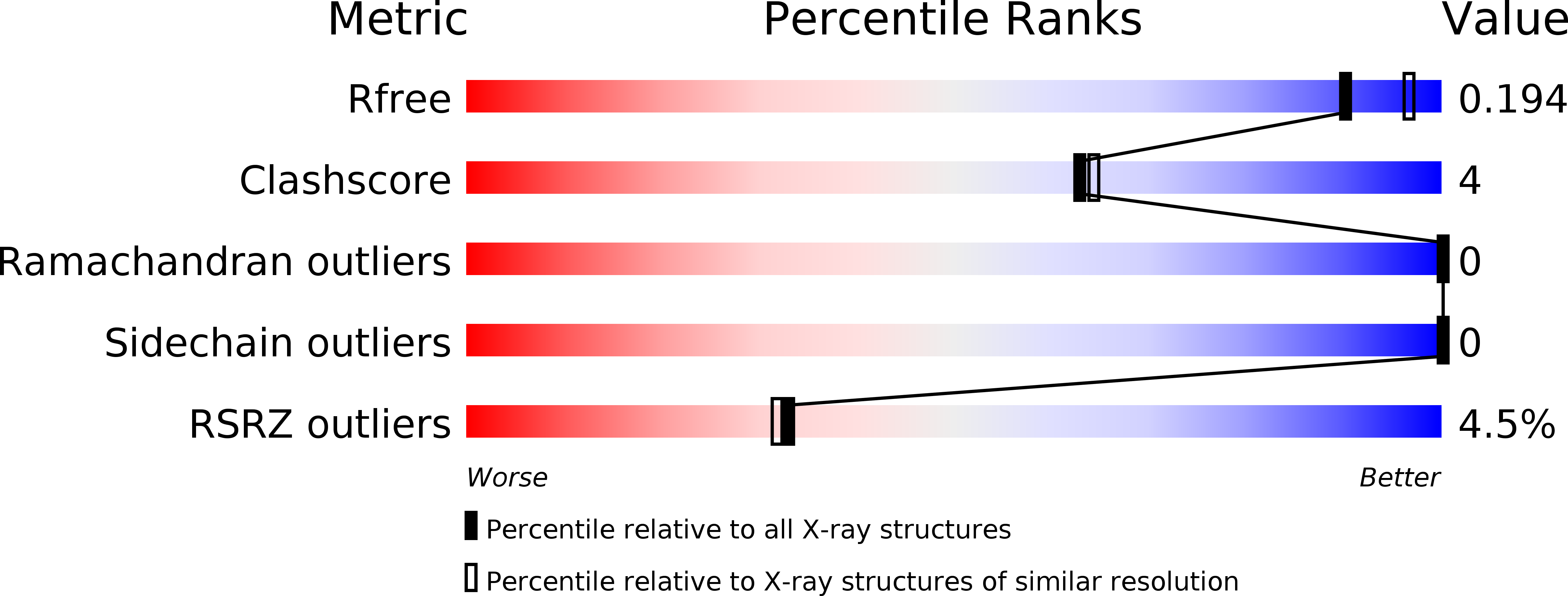
Deposition Date
2002-01-29
Release Date
2003-01-29
Last Version Date
2024-03-13
Entry Detail
PDB ID:
1KW8
Keywords:
Title:
Crystal structure of BphC-2,3-dihydroxybiphenyl-NO complex
Biological Source:
Source Organism:
Pseudomonas sp. (Taxon ID: 307)
Host Organism:
Method Details:
Experimental Method:
Resolution:
2.00 Å
R-Value Free:
0.18
R-Value Work:
0.16
R-Value Observed:
0.16
Space Group:
I 4 2 2


